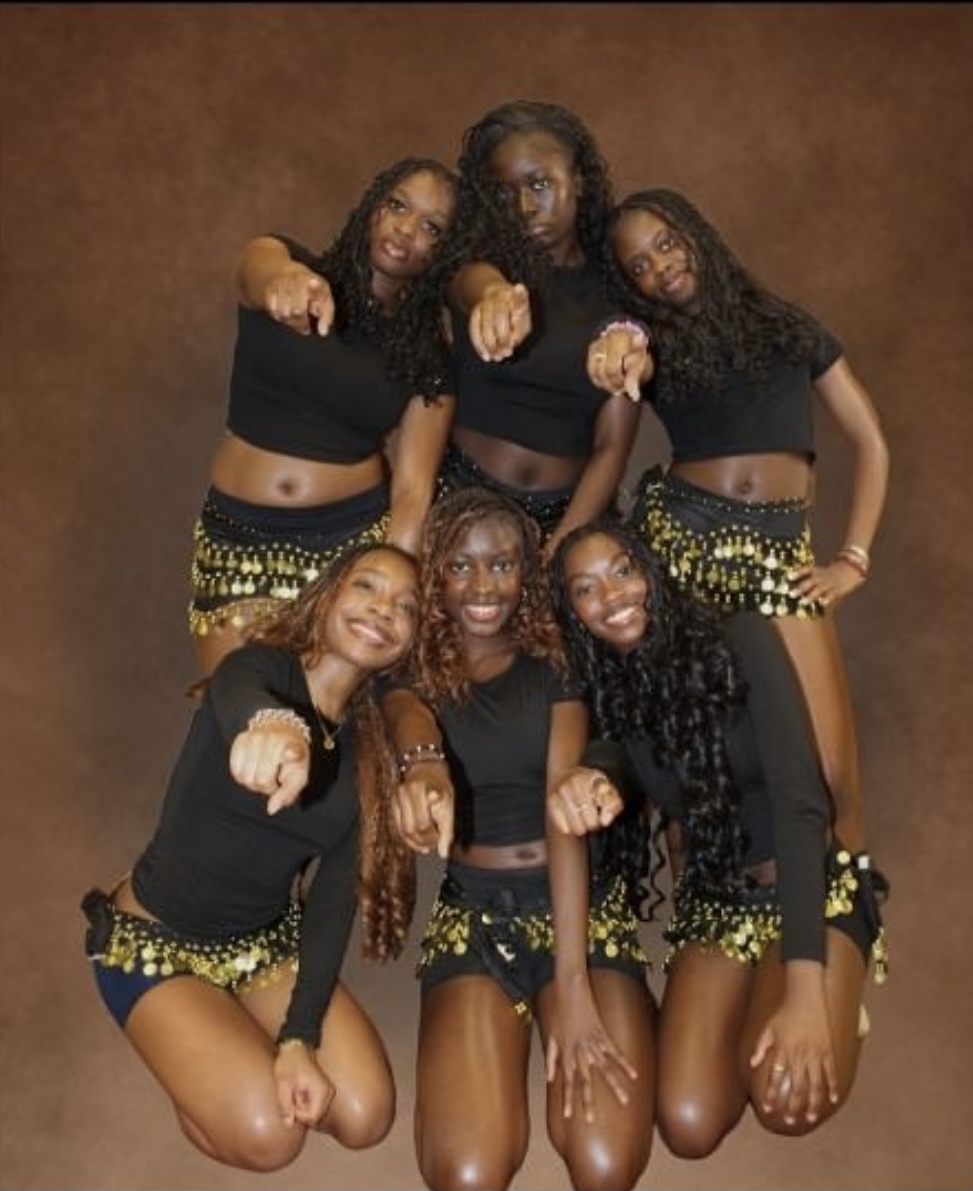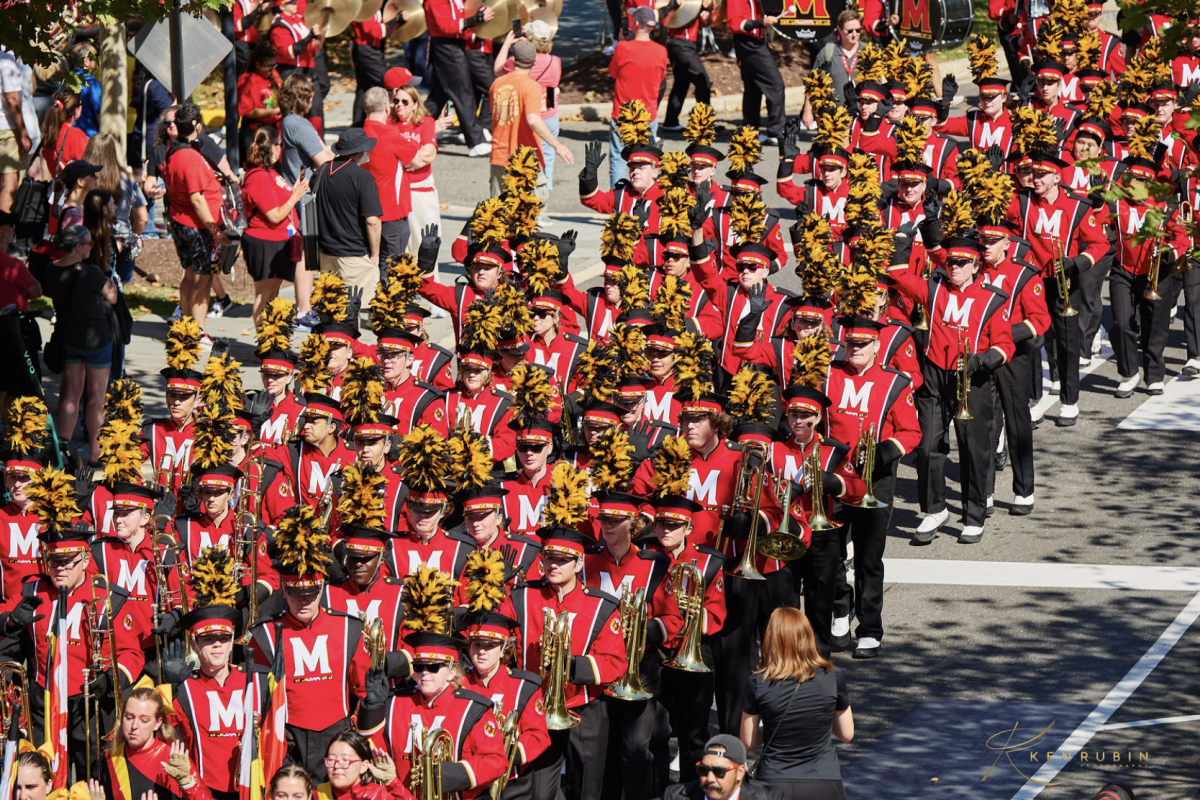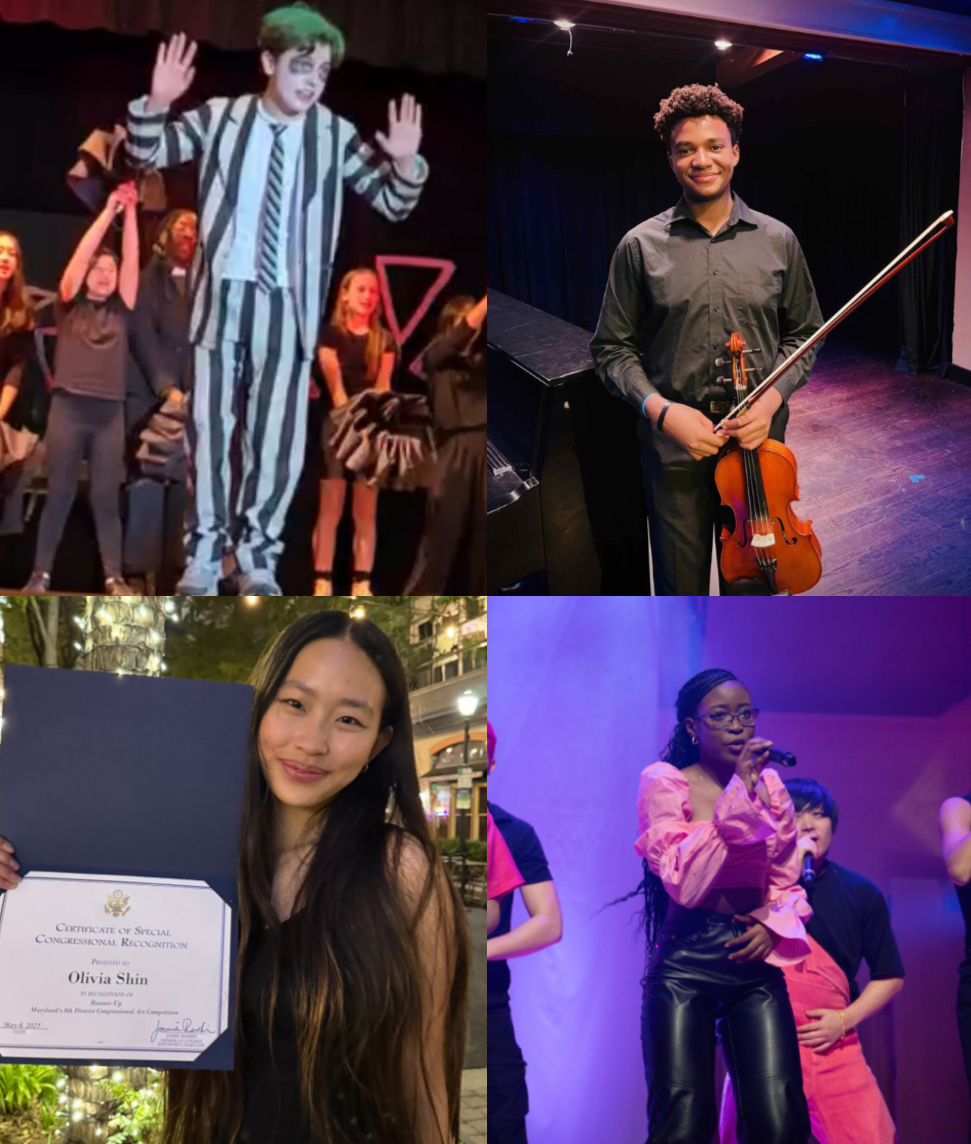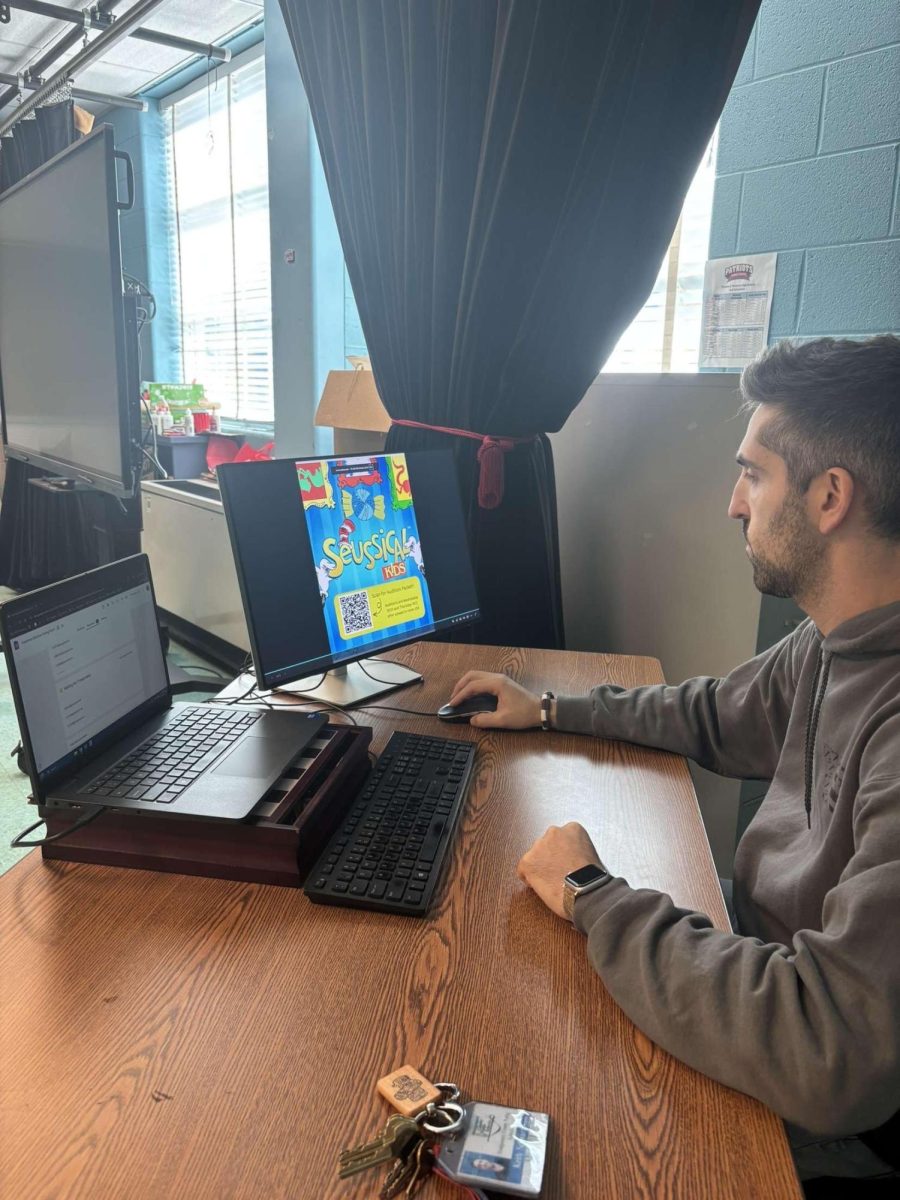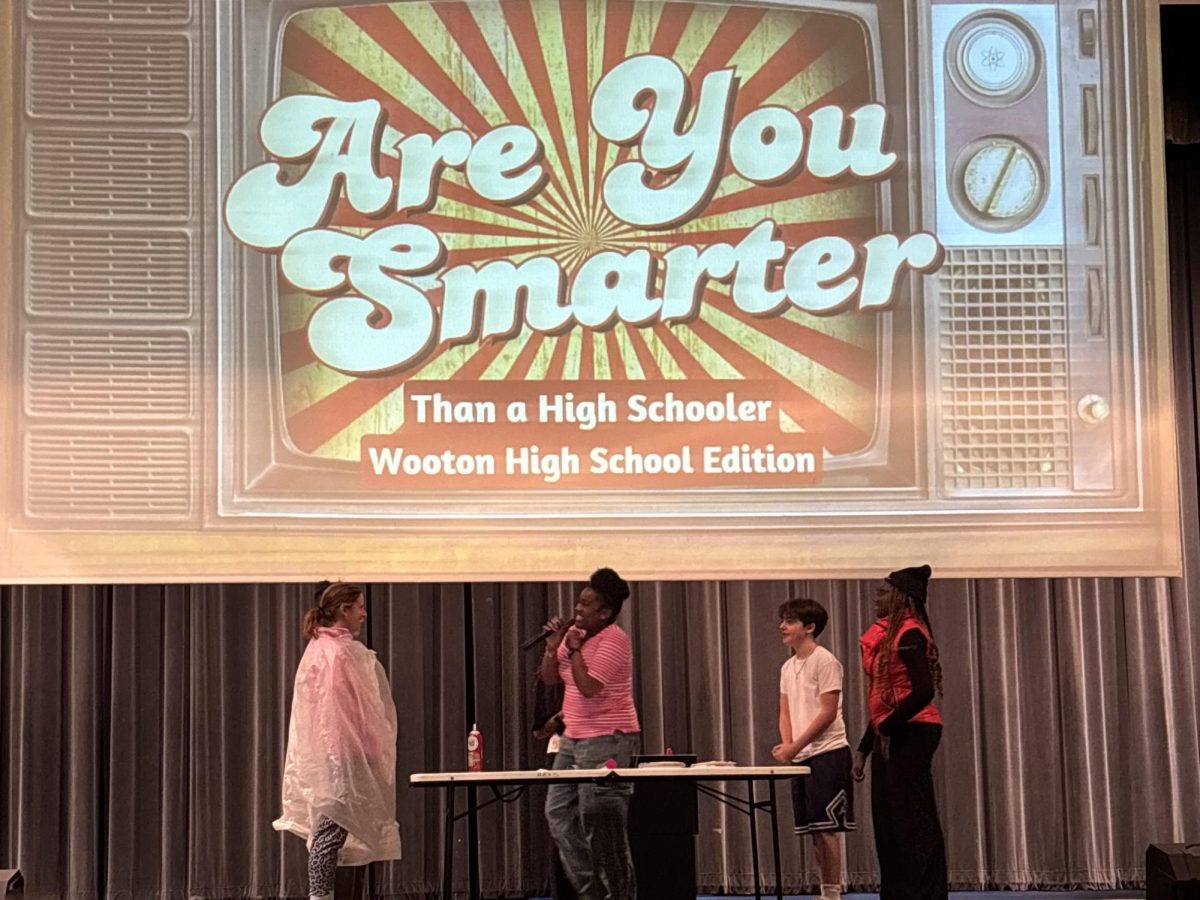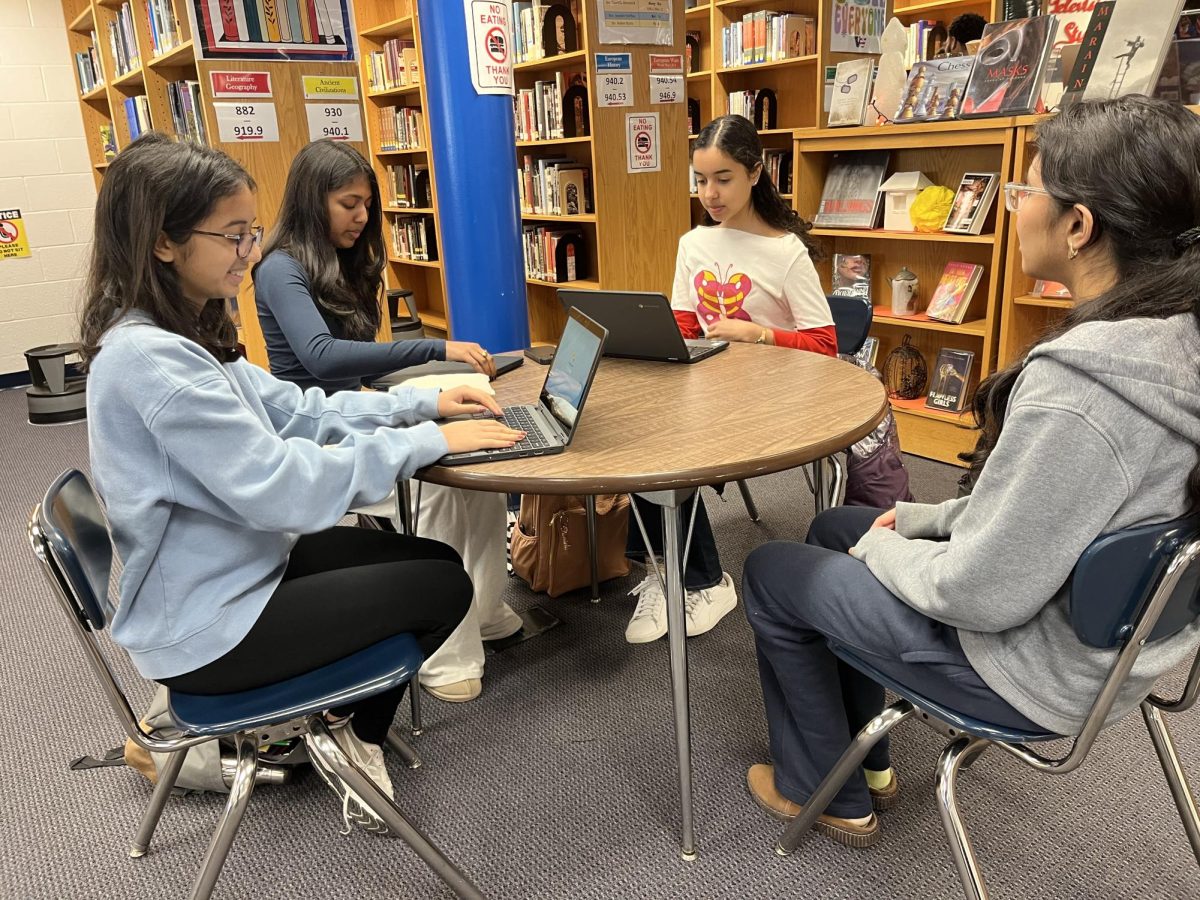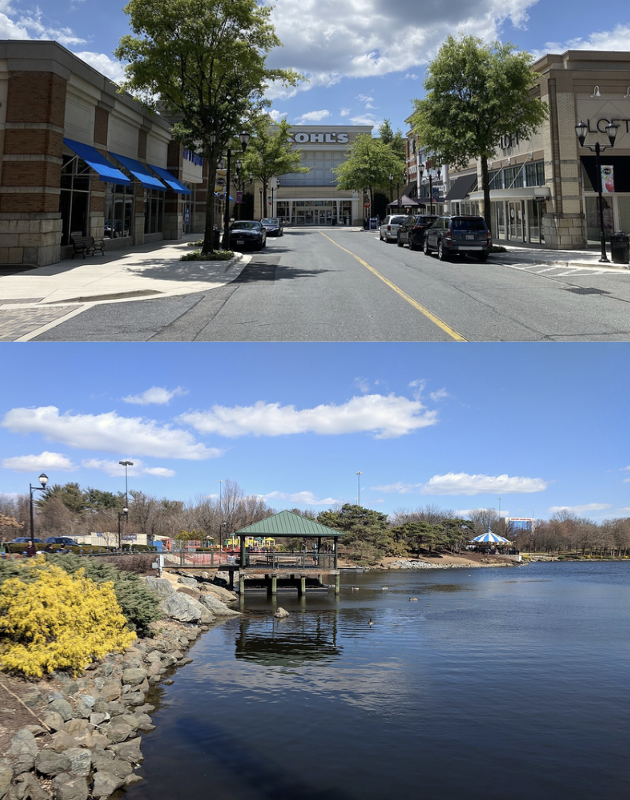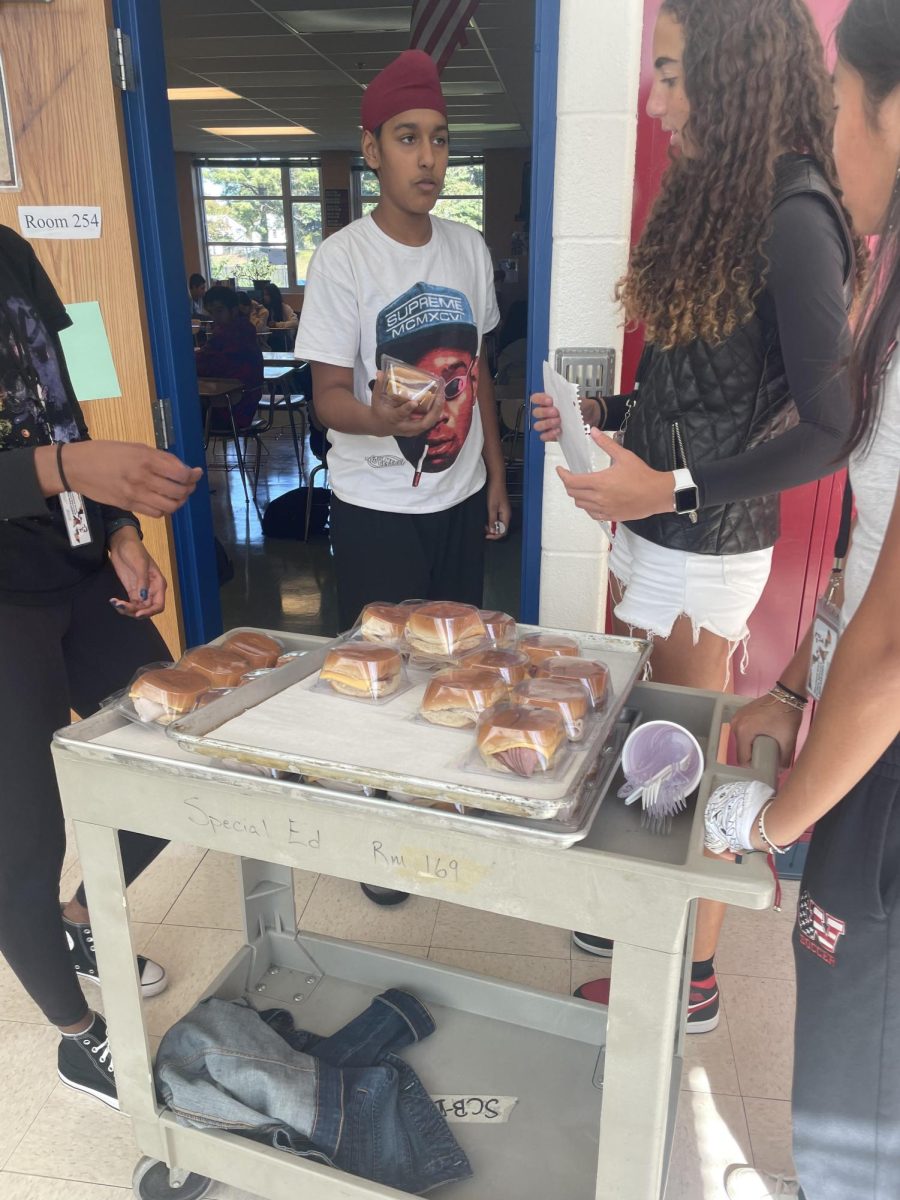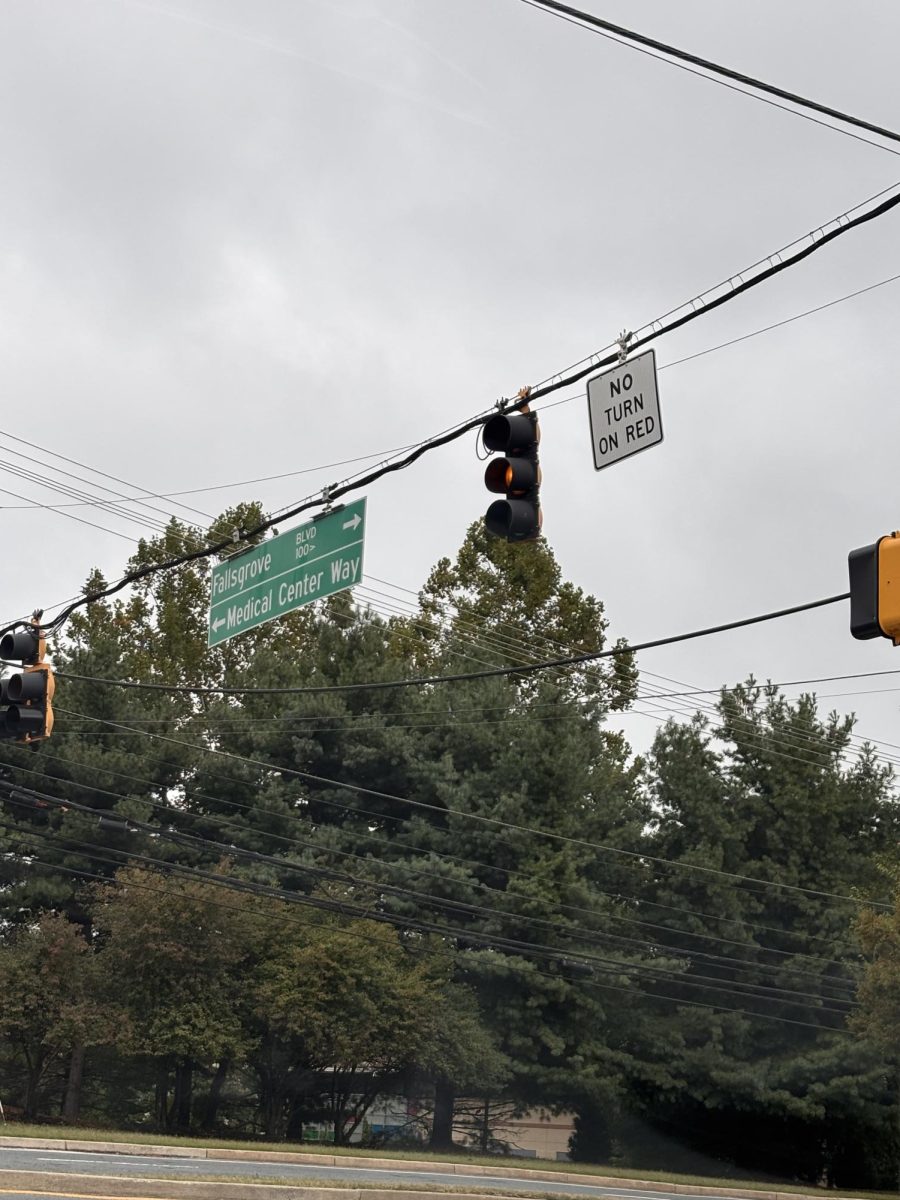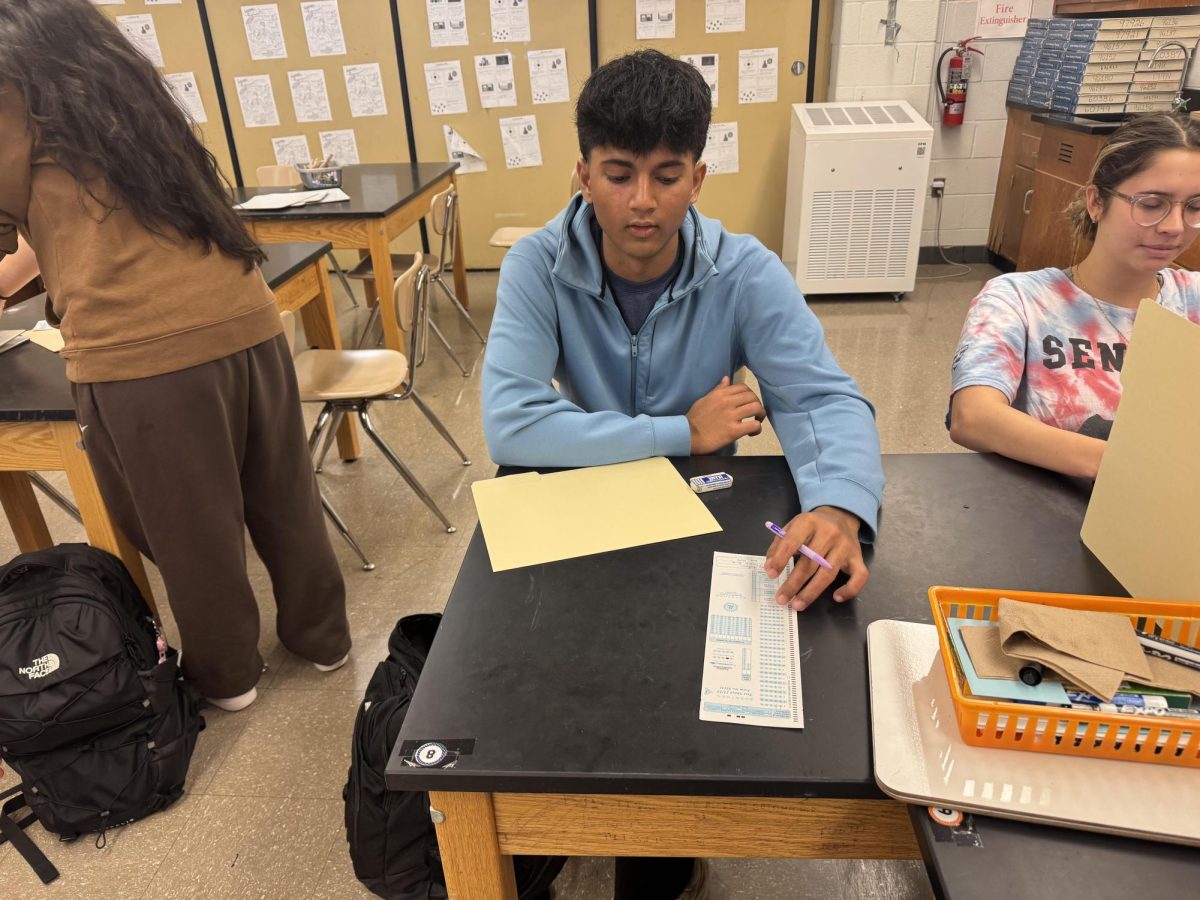One morning as students awaited the sound of the morning bells, I took a seat with my friend in an empty stairwell of the school. She told me something was bothering her, and I encouraged her to tell me. “It turns out I can’t go to art school,” she said to me.
My friend is an artist. She creates all the time, and she’s been doing it since she was a little girl. Her parents told her that “it’s time to be realistic” and to start looking for a college that supported “real” jobs. Having confidence as an artist is challenging as it is, so the prospect of giving up a dream she has desired her whole life came as a shock.
Most parents want the best for their children and the best is synonymous with realistic. Why can’t art fall under the category of “realistic”? Why is pursuing art as a career perceived as such an unrealistic concept to so many people?
Art is more than painting and sketching and sculpting. Art is everywhere. From the building you’re in to the clothes you’re wearing- artists are involved in the creation of nearly everything. Students trying to make it in the art world are often discouraged because “art” seems like too much of a vague occupation.
There’s seemingly two options for artists. Do what you love and be broke. Or choose a more conventional path, support yourself, be unfulfilled. My friend, like many aspiring creators, feels like she needs to make the decision of whether or not she wants to be poor in her future. But this shouldn’t be the case.
Especially here at this school, there is a profound prioritization of science, technology, engineering and math. While of course studying in the STEM fields is perfectly suitable for some, it’s not for everyone, and that’s a fact that some don’t seem to understand. Whether it be due to lack of funding or perceiving art classes as an “easy A,” students who spend most of their school hours in art rooms are not always taken as seriously about their passions as those who spend their hours in labs or in front of computers. Alfie Khon, writer for the Huffington post, writes in his article “STEM Sell: Are Math and Science Really More Important Than Other Subjects?” that “among decision leaders and the general public, I suspect that STEM enjoys an immediate advantage simply because it tends to involve numbers.”
Numbers are safe, numbers are reliable. People feel safe putting their time and efforts into a field that can almost calculate their future. Art is more passionate rather than numerical. Your chances of success can’t be mapped out and determined, and that uncertainty scares people. But for former Wootton student and current attendee of Savannah College of Art and Design Noa Gamliel, the unpredictability didn’t deter her, if anything it’s what attracted her to art school. She walked into college thinking she wanted to study fashion marketing, but in less than a year of being in school she’s realized she wants to be a social worker who uses art therapy.
College has shown her the multitude of opportunities art grants an individual. Gamliel feels as though her school provides its students with the security they need. Faculty helps their students outline where they want to take their skills and how to do it effectively. While people would look down upon her aspirations in high school, she knew what she wanted to do and she stuck to it. “Eventually I would get out of this bubble where people thought I was taking the easy way out,” Gamliel said.
The internet has graced us with dozens of platforms to show our work. People have found ways to express themselves and broadcast their creations on places like Youtube, Soundcloud and Instagram. Art and even humanities professions are being normalized in the outside world, and it’s time for people to start recognizing this trend at home.
There remains the question of “how do I stay practical?” Being fixated on one calling can be beneficial however there are many benefits of keeping an open mind when it comes to figuring out the future. You may think you want one thing but later be introduced to someone or something who completely changes your mindset, and that’s ok. Writing down potential solutions to problems is advantageous in figuring out one’s goals. Being open to compromise can allow smaller sacrifices to be made now so in the long run you’re where you want to be.These compromises could include going to a non-art school for half of the college experience, minoring in something other than art, or offering to pay for part of the four years of university. Aspiring animator and junior Yasi Movahedi says that “for now I’m just trying to develop my skill because I feel like it’s the only thing I have control over.”
Of course, the more limiting and competitive the line of work, the more risks at hand. Understanding the negatives of an occupation is just as important as understanding the benefits. It can be hard finding balance in a career that requires individuals to prioritize their own personal progression. The more selective the job, the harder it may be to support the people around you. In the past, artists and musicians were ensured success if they had a patron. It was high society to be a patron of the arts. Nowadays many creators have to find their own way. There are still companies and non-profit organizations who will sponsor artists, but a calling in solely painting canvases, playing an instrument or singing for an audience makes for a vague estimation of how one will support themself. Living paycheck to paycheck is the reality of many independent artists.
Nevertheless, artists have to allow themselves to take that leap of faith that is so widely feared. Teachers and students must encourage their students to take up the classes they feel foster their creativity. Once someone is confident in their self and their work their own definition of success falls into place. People devoted to their craft are bound to draw in people who admire what themes, ideas and emotions they showcase in their work.
When more people venture into art or other humanities, the funding and the respect will follow. Students will feel free to explore their interests in an environment that embraces self-expression. We can’t shame those who excel more in a studio than an office, and vice versa. We need a place where people with multiple pursuits in mind feel like they can verbalize their hopes without being made to feel inferior.
At the end of the day, my friend turns to art. Even when it seems like it is leading her to failure, her art was always there for her and will continue to be. For her it’s more than a passing phase. She loves forming people, scenarios and emotion from the ideas in her head. Even if her work were to only move one person, it would be enough for her. As for the rest of the artists troubled by the adversities that continue to come their way, I’m sure they too find solace in creating. The need to show what they’ve made, despite the discouragement, is too strong to defy.
While for so long artistic fields have been understood to be too risky and too infeasible, there’s been an apparent shift in mentality in today’s generation. We have the privilege of being exposed to all kinds of people; people with different tastes, experiences and insights. Art provides us with the opportunities to experience the variety and the differences. Something so impactful and so unifying deserves to be recognized as a viable option for success.
Kristina Tsakos
Staff Writer


